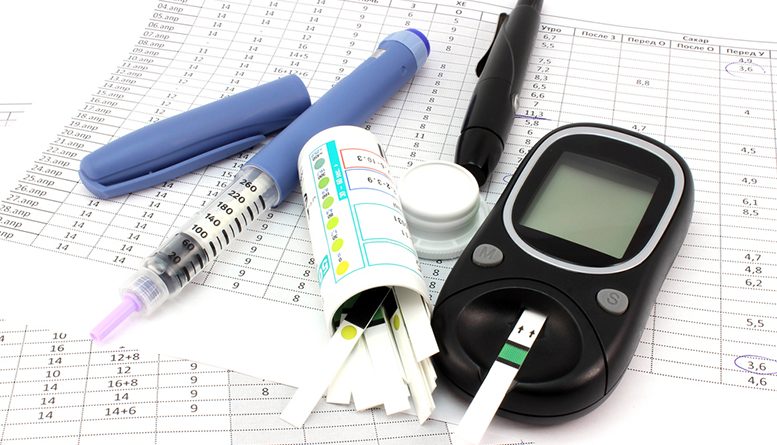has a pivotal role in both the development and treatment of diabetes. Having a good grasp on the part that plays in diabetes can be a necessary step in preventing the condition and can help you control the symptoms of diabetes if you have already been diagnosed with it.
‘s Role
has a vital role in the body where our nutritional habits are concerned. When we eat, particularly foods that are rich in carbohydrates, our blood sugar (glucose) level increases. As glucose levels go up, the pancreas secretes into our bloodstream so that the cells in the body can use the sugar intake as a source of energy.
The Connection Between Diabetes and
When the pancreas releases efficiently, and the sugar intake can be stored as energy as it should, the body also works as it should. Meaning, we are provided with the needed energy for the body to remain healthy and stable. When the body is unable to secrete properly, the cells in the body cannot absorb the glucose available in the bloodstream. When the cells cannot use the glucose as a source of energy, all the sugar remains in the blood which then increases the body’s blood sugar levels, leading to a cauldron of symptoms. Some of these symptoms are lethargy, thirst, blurry vision, difficulty concentrating and tingling in the arms and legs.
‘s Role in Different Types of Diabetes
There are two primary types of diabetes: type I and type II. There is also prediabetes which increases one’s risk of type II diabetes. has a starring role in all types of diabetes.
Type I diabetes is the most perplexing of them all since there is still much to be understood about its development. Nevertheless, what we know about type I diabetes is that the cells responsible for producing in the pancreas become damaged, rendering the organ ineffective in providing the body with the it requires to turn the sugars consumed into energy.
Prediabetes is the precursor to type II diabetes, and the same factors lead to the development of both. Moreover, plays a similar role in the development of both types of diabetes. What occurs in both prediabetes and type II diabetes is that the cells in the body grow resistant to , which leads to a need for increasingly larger amounts of to enable sugar absorption. In turn, the pancreas becomes ineffective in releasing sufficient levels of to facilitate absorption, resulting in excess sugar accumulation in the blood.
In both type I and type II diabetes, patients need to supplement their to enable sugar absorption so that they can regulate their blood sugar levels to keep them in a healthy range. It is crucial to have a healthy diet low in carbohydrates to manage blood sugar levels and limit use.
Without treatment, prediabetes usually results in type II diabetes. Both prediabetes and type II diabetes are manageable, and sometimes even without taking . However, individuals with type I diabetes are required to take supplements for the rest of their lives to control their symptoms and condition.
Featured Image: Depositphotos/© Abydika
Posted on March 24, 2023



